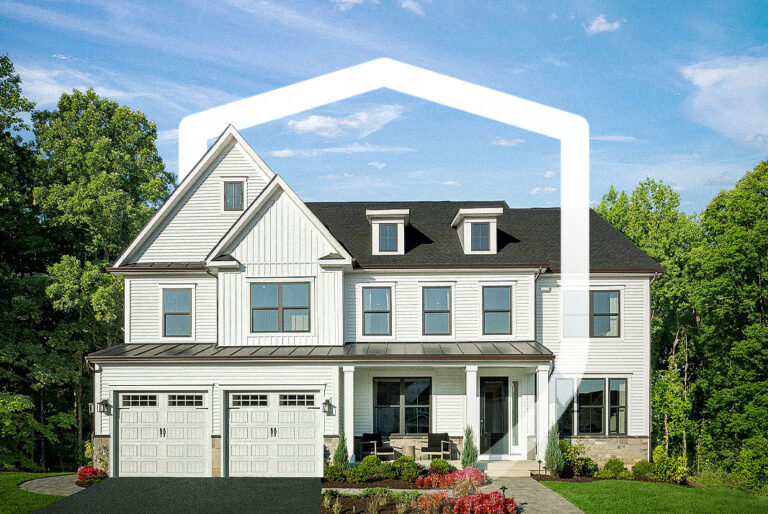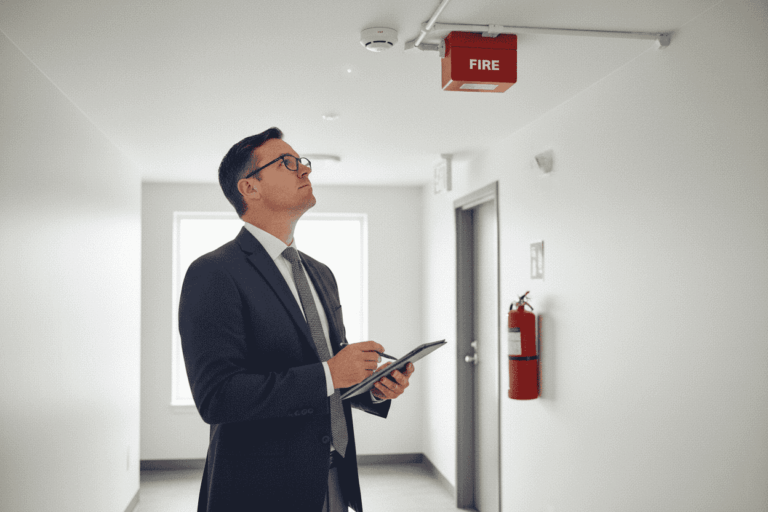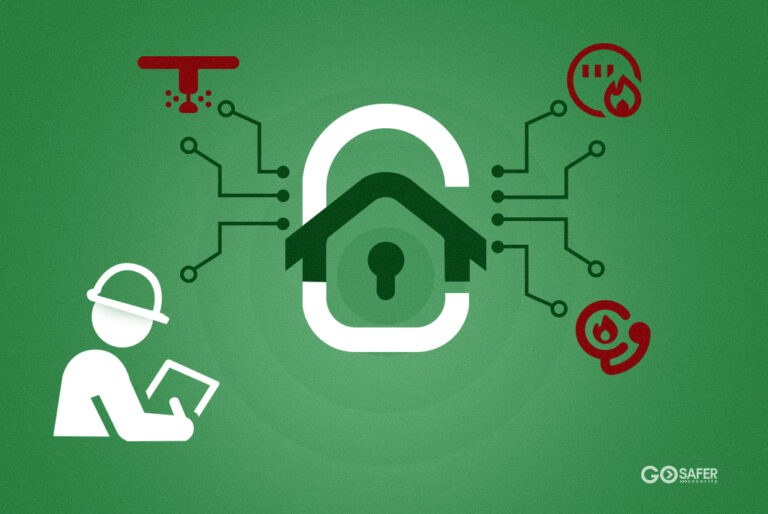Installing smoke detectors is one of the simplest yet most critical steps you can take to protect your home and loved ones from fire. But simply having a smoke alarm isn’t enough—where you install it can make the difference between safety and tragedy. According to the National Fire Protection Association (NFPA), three out of five home fire deaths happen in properties without working smoke alarms. That’s a stat worth paying attention to.
In this guide, we’ll walk you through the best places to install smoke detectors, common placement mistakes, expert recommendations, and tips for testing and maintenance.
Table of Contents
ToggleHow Do Smoke Detectors Work?
Before deciding on placement, it helps to understand how smoke detectors operate.
Smoke alarms detect particles in the air caused by smoke. There are several types:
- Ionization Detectors: React faster to fast-moving fires (like grease fires).
- Photoelectric Detectors: Better for detecting smoldering fires (like those caused by cigarettes).
- Dual-Sensor Detectors: Combine both types for full coverage.
- Smart Smoke Detectors: Modern detectors that send alerts to your phone, can be integrate with home automation systems, and even tell you which room is affected.
🔍 Curious about the tech? Learn how fire alarm systems work.
Best Places to Install Smoke Detectors
Here’s where experts recommend placing smoke alarms in your home:
🔒 Bedrooms
Install one smoke detector inside each bedroom, especially if the door is closed while sleeping. Fires can spread quickly and block escape routes.
🚪 Hallways
Place alarms in the hallway outside sleeping areas. If bedrooms are spread out, each zone should have its own hallway detector.
🛋️ Living Rooms & Common Areas
Install a detector in living spaces where smoke could accumulate. Keep it at least 10 feet away from kitchens to avoid false alarms.
🌀 Stairwells
Fires and smoke travel upward. Place alarms near staircases to detect vertical spread between floors.
Where Not to Install Smoke Detectors
Placement is key—but some locations can cause issues like false alarms or missed detection:
- Kitchens: Smoke from cooking can trigger false alarms.
- Bathrooms: Steam can cause false readings.
- Near windows, vents, or fans: Airflow may divert smoke away from sensors.
💡 Wondering about other triggers? Here’s a guide on whether a humidifier can set off a smoke alarm.
Expert Placement Guidelines
Follow these professional tips for optimal fire alarm placement:
- Ceiling-mounted alarms: At least 4 inches away from the nearest wall.
- Wall-mounted units: Installed 4–12 inches from the ceiling.
- Avoid corners or “dead air” spots where smoke might not reach.
- Don’t place alarms too close to fans or vents.
✅ Want it done right? Learn more about our professional fire alarm installation services.
Maintenance and Testing Tips
Installing alarms is just the first step. Regular maintenance ensures they’ll work when it matters most:
- Test each unit monthly.
- Replace batteries once a year, unless you use 10-year sealed models.
- Vacuum around alarms every few months to remove dust and debris.
Fire Alarm Monitoring: Extra Protection
While standalone alarms are useful, monitored fire alarms provide an extra layer of safety by automatically notifying emergency services. This means help can be dispatched promptly, even if you’re away from home.
What If the Power Goes Out?
Most modern smoke alarms include battery backups. Integrated systems are also part of broader life safety systems that stay active during outages.
Common Placement Mistakes
Avoid these errors to ensure maximum protection:
- Installing alarms too high or too low
- Ignoring manufacturer instructions
- Placing units near ceiling fans or vents
- Skipping alarms in less-used rooms like basements
Home Fire Safety Tips
Fire safety goes beyond alarms. Be sure to:
- Create and regularly practice a fire escape plan.
- Keep fire extinguishers in the kitchen, garage, and near heat sources.
- Teach children what a fire alarm sounds like and how to respond.
Conclusion
Smoke detectors are a small investment with the power to save lives. But they’re only effective when installed correctly and maintained regularly. Take the time to understand proper placement, avoid common mistakes, and follow expert advice—or consult professionals to get it right the first time.
📚 Want more fire safety insights? Browse our Fire Safety Blog for helpful guides and tips.







